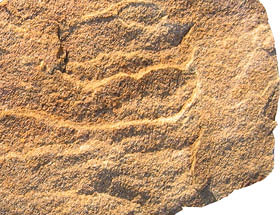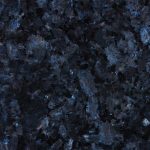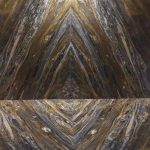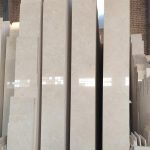?What is sandstone
Sand sediments that are stuck to each other with the help of calcium carbonate, silica, iron oxide and dolomite are called limestone, siliceous, iron oxide and dolomite sandstone, respectively. Based on the nature of the primary sedimentary sand, sandstones may have a soft or rough texture. In terms of color, based on the adhesive material, they cover a range of colors, from white, pea and gray to brown and red. They are generally resistant to antifreeze. Their final surface can be used as a hammer, pick and ax, and non-ferrous tools are used for their installation
Types of sandstone
Calcareous sandstone: this type of sandstone is not resistant in acidic environments. These conditions will analyze the calcium carbonate in them and the stone will disintegrate. Pure calcite is white, so limestone sandstone is also white.
Siliceous sandstone: Sandstones are mostly composed of silica grains that are stuck to each other with the help of silica salts. Therefore, they are very resistant and stable in acidic environments. This type of sandstone is mostly gray in color.
Iron oxide sandstone: This type of sandstone, which has been compacted with the help of iron oxides, is found in brown to red colors and is often durable.
Dolomite sandstone: Dolomite sandstones that are stuck together with magnesium and calcium carbonates are not very resistant in the urban environment. These types of stones are pea-colored
Phone Call
09133001988
Address
Sangbari Saeedi St. 26, Mahmudabad, Central Factory
Phone support
03133804099
email
info@saeidico.com

 Products
Products projects
projects blogs
blogs about us
about us persian
persian english
english





